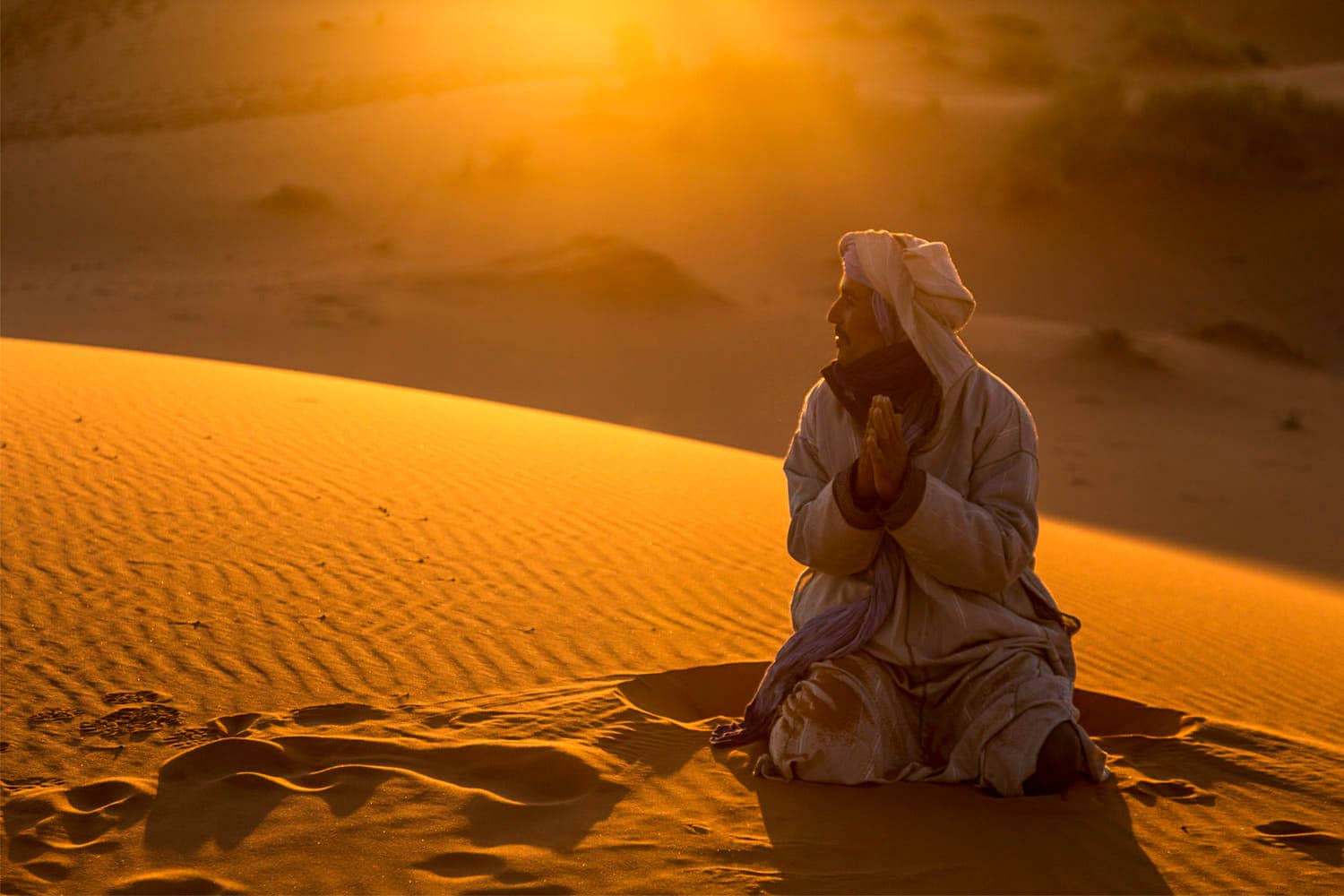MOROCCO
Population: 36.4 million people
Capital: Rabat
Language: Arabic (official language), Tamazigt (official Berber language), French
Currency: Moroccan dirham (MAD)
The Kingdom of Morocco is a real oriental temptation that attracts guests from all over the world. The endless Atlantic Ocean in the west, the gentle waters of the Mediterranean in the north, and the relief of the Sahara in the south fascinate even the most sophisticated travelers. Here thousands of years old oriental traditions and modern technologies of the West are mixed together. An old mosque is probably hidden behind the facade of a luxurious hotel, and behind a shopping center familiar to European gaze, there is a noisy market that drives you crazy with the aromas of spices.
If diversity is the feature of life, then in Morocco it is found in its maximum form. Here you can surf in Taghazout, stroll the winding blue alleys of Chefchaouen, or feel himself of young Moroccans on a bike ride in Marrakech. If you are a culture lover, be sure to head to world-class museums (perhaps the Yves Saint Laurent Museum or the Women’s Museum in Marrakech). Take a literary tour of Tangier or get lost in the world’s largest living medieval medina in Fez. Art lovers will enjoy the Galiza Galleries, Asilah’s street art and the self-trained artists of Essaouira. In Casablanca, architecture connoisseurs will find everything from artistic décor to brutalism, next to one of the largest mosques in Africa, where the finest examples of Moroccan decorative art are on display. Gourmets will not be overlooked by cooking classes, street excursions and local chefs creating gourmet traditional cuisine.
Accommodation options in the city are also varied, from modest hostels to luxury hotels, and from modern boutiques to campgrounds.
How to get here
Morocco has several international airports, the main of which is based in Casablanca, and serves flights from the United States, Australia, Asia and the Middle East.
Regular car ferries and high-speed “comets” cross the Strait of Gibraltar from Europe to Africa. Communication is carried out between:
- Algeciras (Spain) and Tangier (Morocco) 8-10 times daily. One way ticket costs from 30 euros.
- Malaga (Spain) and the cities of Melilla (Spanish Morocco) and Nador. The cost of a one-way ticket is 35-40 euros for seated place or 80-140 euros in a cabin (depending on the class).
- Malaga, Almeria and Melilla.
- Tariff (Spain) and Tangier (Morocco) up to 8 times a day. One way ticket costs 25-27 euros.
When buying tickets in both directions, a 20% discount is provided.
An unforgettable experience
- The imperial cities of Fez and Marrakech have been the capitals of Morocco for a long time and boast spectacular historical events. They are renowned for their mesmerizing medinas, vibrant local markets and extravagant monuments.
- There are festivals for all tastes: the Festival of World Sacred Music in Fez, Jazablanca in Casablanca, world stars of the Rabat Mawazina, the World Music Festival in Gnaoua in Essueira and the festival of Amazigh music in Agadir in Timitar.
- Morocco is a shopping paradise with labyrinths of bazaars, where copper minters and tanners still pursue their craft.
- In a new wave of concept stores, Moroccan designers are working with local artisans to give age-old crafts a modern twist.
Route
Duration: 2 weeks
- Explore the medina, monuments and museums of Marrakech, starting in Africa’s most famous square, Jemaa El Fna.
- Enjoy trekking among the rolling hills, secret valleys and earthen villages of the High Atlas Mountains with a local guide. You can stay overnight in the Kasbah, where the locals work.
- Head out into the desert, stopping at the fortified village of Ait Ben Haddou, with verdant palm oases and scenic gorges along the way.
- Marvel at the Erg Chebbi dunes before sipping Sahara mint tea under the stars at a modern camping site.
- Relax in the laid-back coastal town of Essaouira with its fortress in style of «Game of Thrones», blue fishing boats in the harbor and great kitesurfing conditions.
When to go
The best times to explore cities on the mainland and southern desert are spring (March to June) and autumn (September to November). The weather during this period is warm and dry.
Conquer the High Atlas Mountains in the spring, and when temperatures rise during the height of summer, head to the coast.
In the 9th month of the Islamic calendar – Ramadan in Morocco comes the obligatory fast for Muslims.
Money
View the current MAD to USD exchange rate
It is better to change money at banks or official exchange offices that issue receipts for transactions: they will come in handy when exchanging unspent dinars when leaving the country.
Banks are open Monday through Friday from 8:30 am to 11:30 am and from 2:30 pm to 4:00 pm.
There are also exchange offices at the airports. The exchange rate is practically the same, but it is more profitable to change euros and dollars, rubles are rarely accepted.
You can pay with Eurocard, MasterCard, Visa and American Express credit cards in large stores, hotels and restaurants.
In small souvenir shops and cafes, it is better to use cash: bank card fraud is common in Morocco.
You can familiarize yourself with the pricing policy below:
Useful phone numbers
USA Embassy in Morocco, Avenue Mohamed VI Km 5.7, Souissi, Rabat 10170: +212 537 637 200
Police: 19, ambulance: 177, single information desk: 16, fire department: 15















